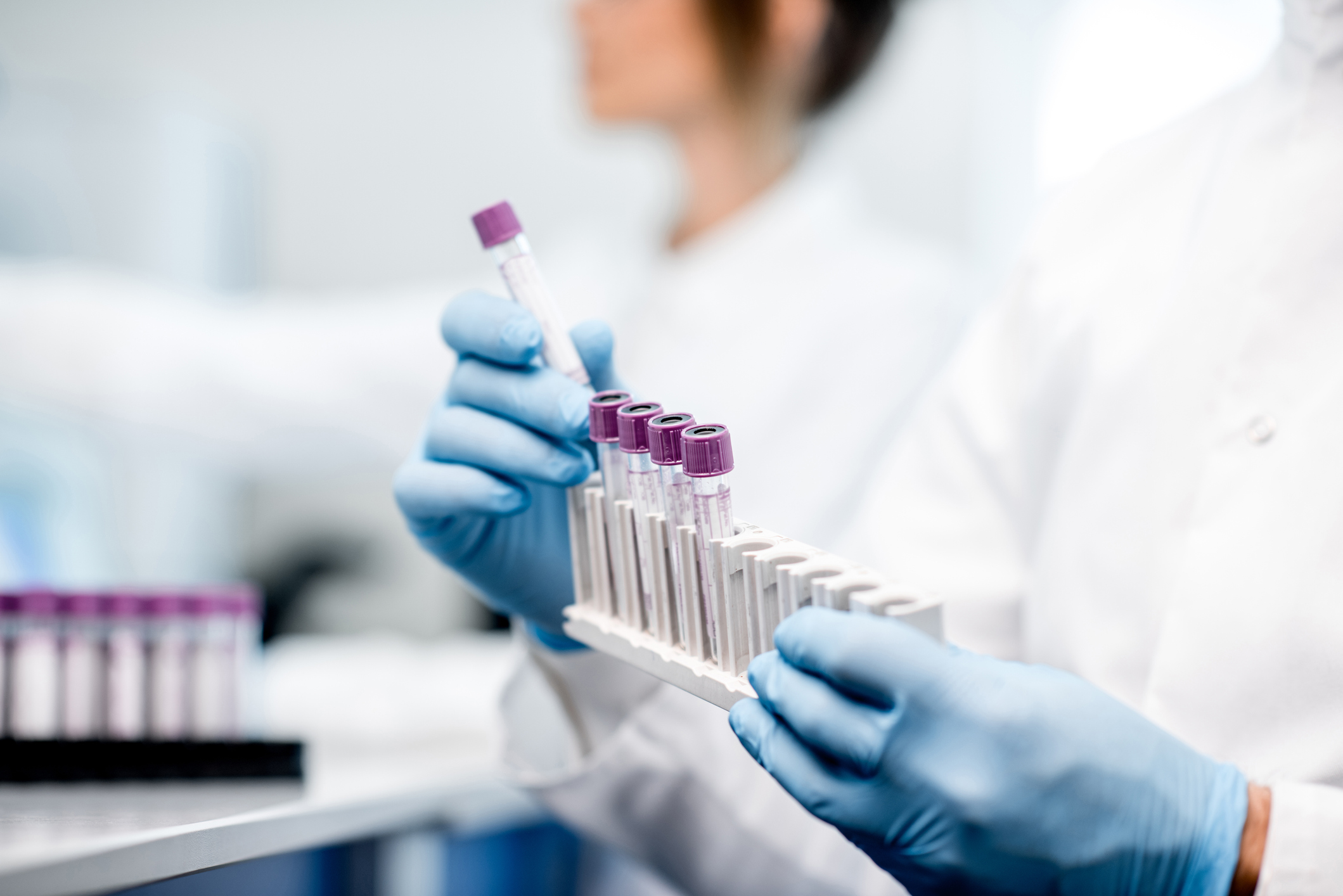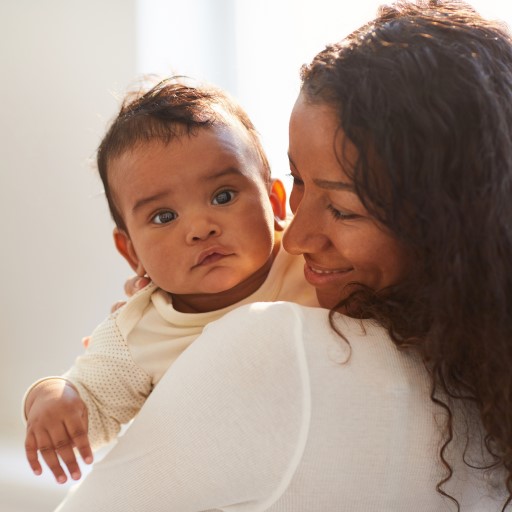“Test tube baby” isn’t a term we use any more, but that’s where it all started.
It is hard to imagine, now that it seems like there are fertility centers in every part of the country, what IVF was like as a fledgling science. When this new frontier was starting, many people dismissed the pioneers as dreamers or unethical. Professor Sir Robert “Bob” Edwards, who recently died, was the key scientist responsible for the first test tube baby born from in vitro fertilization (IVF). His career had many ups and downs but he was always a visionary and never let the nay-sayers deter him from the hope of helping people have the families they desperately desired.
Where it all started…
His education started at Bangor University in Wales where he graduated with a degree in agriculture and zoology. This led to a Ph.D. at Edinburgh University. He developed a passion for debating ethics in science and society and an uncanny ability to anticipate future scientific paths. He also was a prolific writer about problems in embryology. He eventually focused on studying chromosome abnormalities in aging at Cambridge University, which he believed would lead to future successful IVF. Once he teamed up with Patrick Steptoe, a gynecologist who pioneered laparoscopy, to retrieve eggs from the ovaries, the big breakthroughs began to have the first test tube baby.
There was a lot to learn that we take for granted now.
There were several frustrating years when Bob and Patrick regularly transferred embryos into patients with no pregnancies. All of the intricate steps that we know how to do now had to be worked out. Questions like:
- Should gonadotropins be used to stimulate the ovaries?
- How many hours after a hCG trigger shot should the eggs be retrieved? The discovery that 36 hours was about right was very different from animal models. It was a key to success, which we take for granted today.
- What is the best way to transfer the embryos?
- How many embryos should be put back?
- And many more!
Dr. Edwards, his scientific and medical colleagues were brave and persistent pioneers.
Finally, on July 25, 1978, Louise Brown was born from a single egg transfer. The first “test tube baby” made headlines around the world. Bob continued to work, teach, and publish new theories for many years past “retirement age.” His vision was key in the success that benefits our patients now. He was awarded the 2010 Nobel Prize for Physiology or Medicine ‘for the development of in vitro fertilization’ (Nobel, 2010)
An interesting point to know is that even though we said test tube baby back in the early days, test tubes were not used. Eggs were fertilized in petri dishes.






